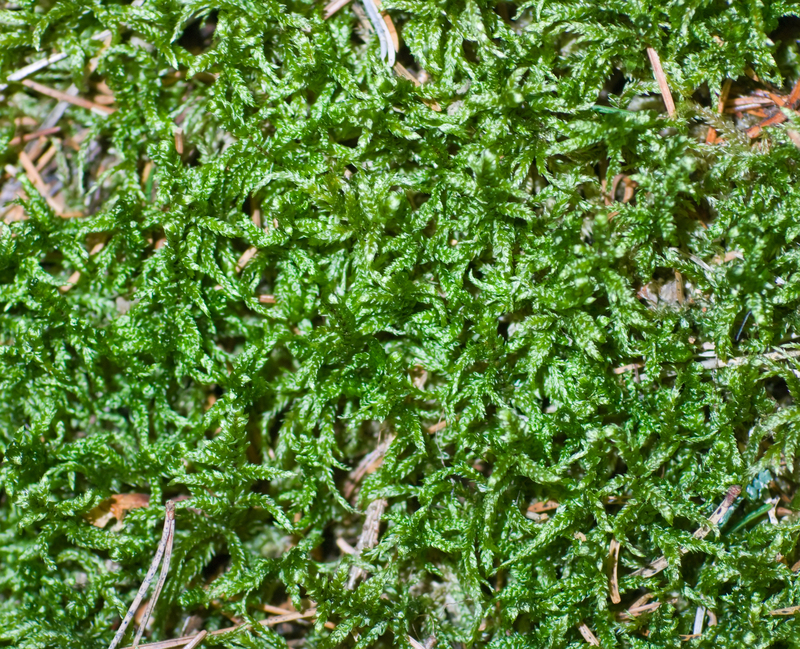Achieving Pristine Lawns
Posted on 24/05/2025
Achieving Pristine Lawns
Introduction
A pristine lawn is the pride and joy of any homeowner. Achieving that lush, green carpet of grass requires more than simple mowing. It's about understanding your lawn's specific needs and giving it the proper care. This article will guide you through various steps, tips, and the necessary actions required to maintain a healthy, picture-perfect lawn.

Soil Preparation
A strong foundation is crucial for achieving a pristine lawn. Start by testing your soil to understand its pH and nutrient levels. Ideal soil pH for most grasses ranges between 6.0 and 7.0. If your soil falls outside this range, you might need to amend it by adding lime or sulfur based on the test results. Organic matter like compost can also enhance soil quality, making it more robust and nutrient-rich.
Choosing the Right Grass
The type of grass you select plays a significant role in the appearance and health of your lawn. Factors such as climate, soil type, and shade should influence your decision. Cool-season grasses like Kentucky bluegrass and fescue thrive in cooler climates, whereas warm-season grasses like Bermuda and St. Augustine are better suited to hot, sunny environments. Consult with a local nursery or extension service to determine the best grass type for your location.
Watering Techniques
Watering is an essential component of lawn care. Too little water can stress your grass, while too much can lead to disease and root problems. Aim to water your lawn deeply and infrequently, providing it with about 1 to 1.5 inches of water per week. Early morning is the best time to water, as it allows the grass to dry out during the day, reducing the risk of fungal diseases.
Mowing Practices
Proper mowing techniques can significantly impact the health and appearance of your lawn. Set your mower blade to the recommended height for your grass type, usually around 2.5 to 3.5 inches. Mowing too short can stress the grass and expose the soil, leading to weed problems. Additionally, keep your mower blades sharp to ensure clean cuts, which promote healthy growth. Avoid mowing wet grass as it can clump and cause ruts in the lawn.
Fertilization and Weed Control
Fertilizing your lawn provides essential nutrients that promote strong growth and vibrant color. Use a balanced, slow-release fertilizer and follow the manufacturer's recommendations for application rates and timing. Typically, fertilizing in early spring and fall is most effective. For weed control, consider using pre-emergent herbicides to prevent weeds from germinating. Hand-pulling or spot-treating with post-emergent herbicides can help manage existing weeds.
Pros and Cons
Achieving a pristine lawn comes with its advantages and drawbacks:
Pros
- Increased curb appeal and property value
- Better outdoor living spaces for recreation and relaxation
- Environmental benefits like erosion control and improved air quality
Cons
- Time-consuming maintenance tasks
- Potential high costs for resources and equipment
- Possible environmental concerns related to water usage and chemical fertilizers
Tips for Maintaining a Pristine Lawn
- Aerate your lawn annually to alleviate soil compaction.
- Dethatch if necessary to remove excessive organic layer build-up.
- Maintain a regular mowing schedule tailored to the growth rate of your grass.
- Apply mulch to flower beds and garden areas to reduce weeding effort and retain moisture.
- Conduct periodic soil tests to adjust fertilization and soil amendment practices.

Takeaways
- A well-prepared and maintained lawn enhances the beauty of any home.
- Mowing, watering, and fertilizing techniques are fundamental to lawn health.
- Choosing the right grass type is crucial for optimal lawn performance.
- Lawn care requires time, effort, and sometimes a financial investment.
Conclusion
Despite its challenges, achieving a pristine lawn is a rewarding endeavor. By understanding the specific needs of your lawn and committing to regular maintenance, you can enjoy a lush, green landscape that enhances your property's appeal and provides a pleasant outdoor space. The effort you invest will be reflected in a healthy, attractive lawn that stands out in any neighborhood.
```






 Certified and experienced landscapers
Certified and experienced landscapers



 Get a Quote
Get a Quote